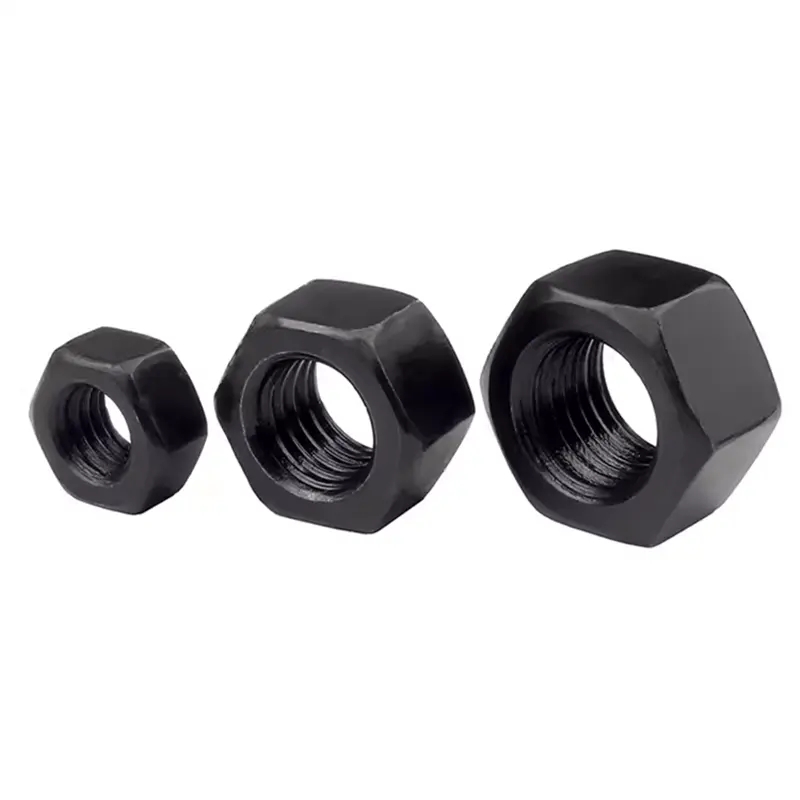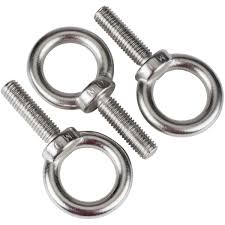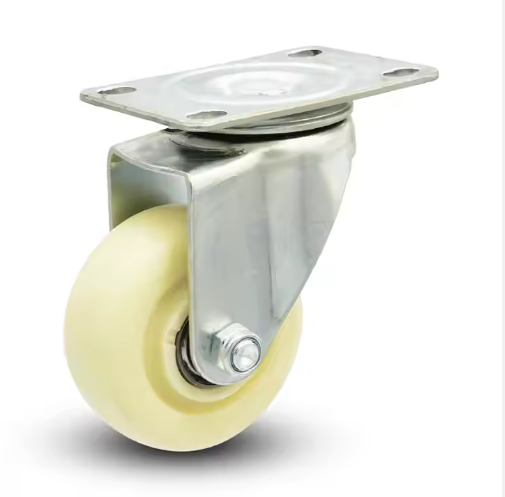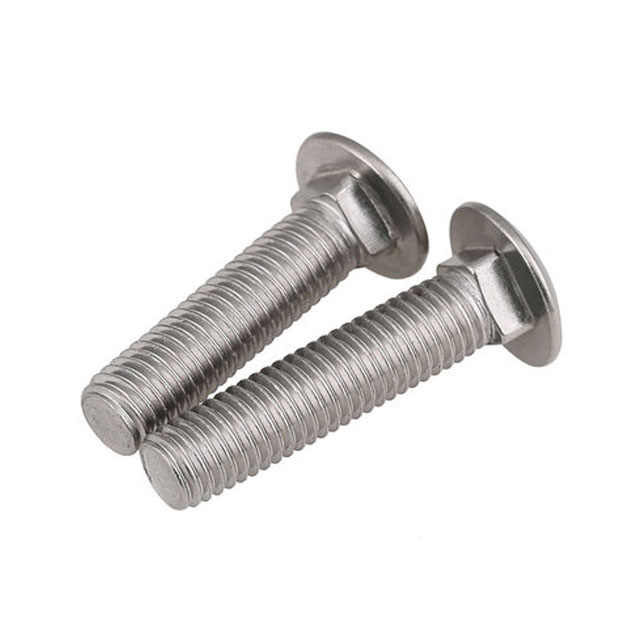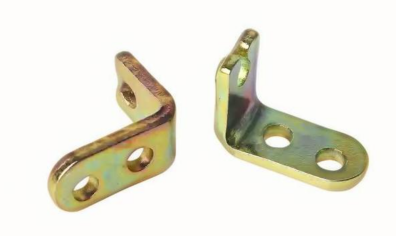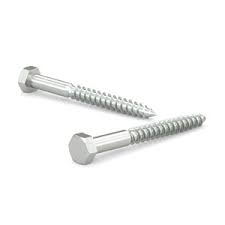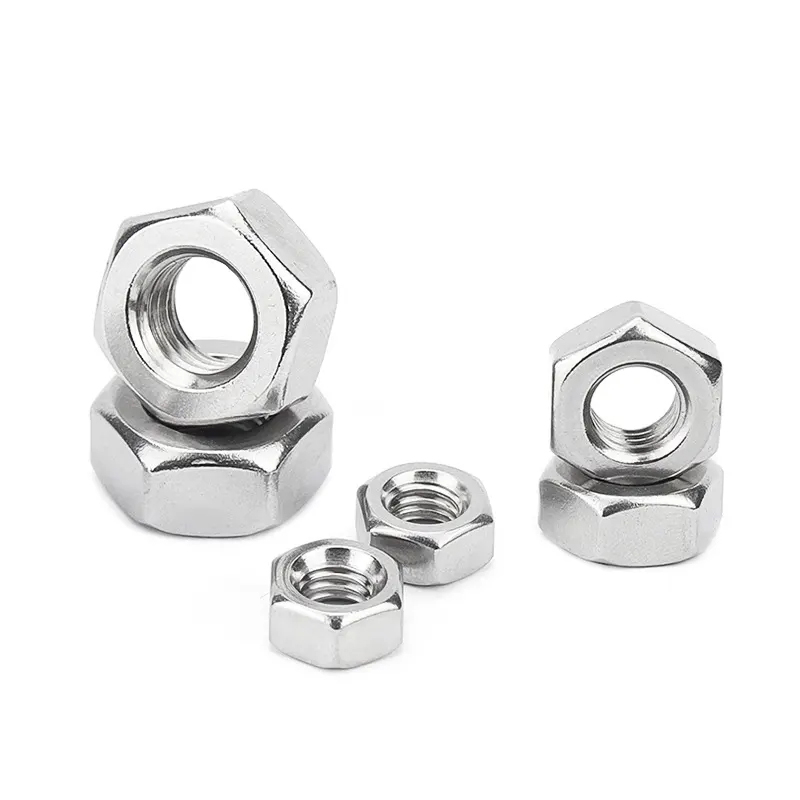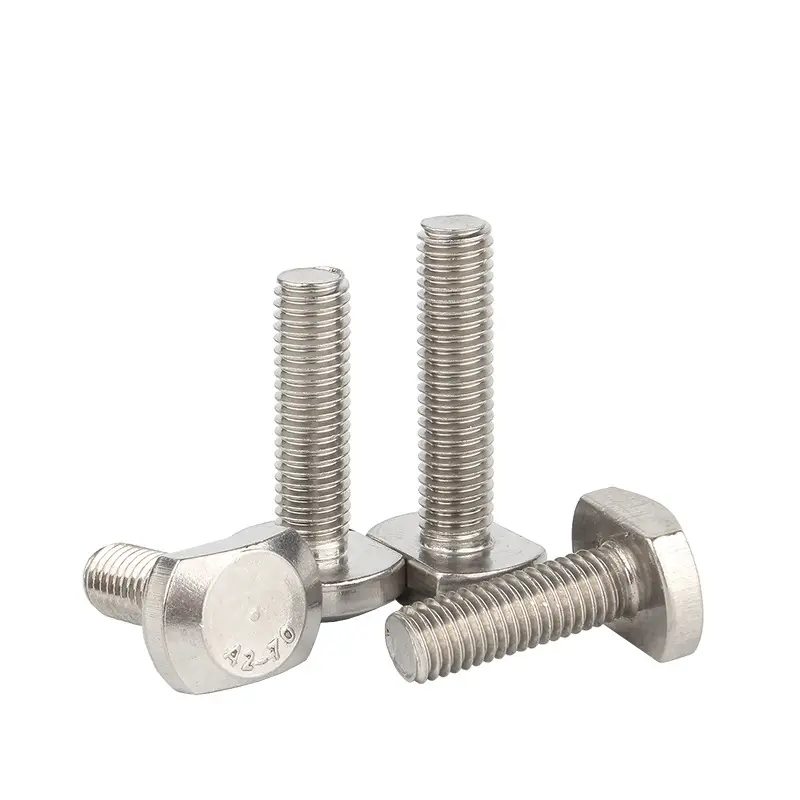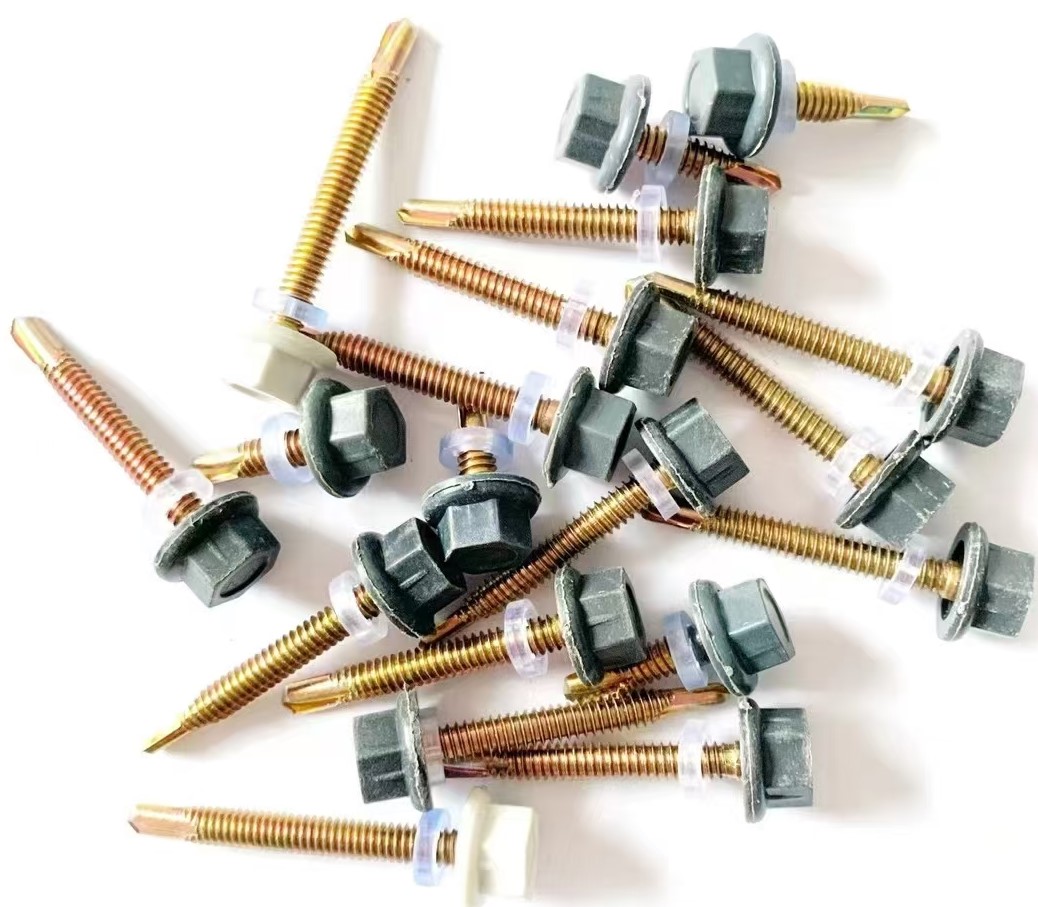

This guide explores the complexities of sourcing and effectively utilizing non-standard parts. We'll cover everything from understanding your needs to finding reliable suppliers and implementing these specialized components into your projects. Learn how to navigate the challenges and optimize your processes for successful integration.
What constitutes a non-standard part? Essentially, it's any component that deviates from readily available, off-the-shelf specifications. This could involve unique dimensions, materials, finishes, or functionalities not found in standard catalogs. Understanding the specific deviations is crucial for effective sourcing and integration. These parts often require custom manufacturing or specialized sourcing strategies.
Before searching for suppliers, meticulously define your requirements. This includes precise dimensions, material specifications (including tolerances), surface finishes, and any unique functional demands. Clear and detailed specifications are paramount to avoid costly errors and delays. Consider creating detailed drawings or 3D models for accurate communication.
When specifying your non-standard parts, remember to include:
Locating reliable suppliers for non-standard parts requires a targeted approach. Online directories, industry-specific trade shows, and direct outreach to manufacturers are all valuable strategies. Thoroughly vet potential suppliers, examining their capabilities, experience, certifications, and customer reviews. Remember to request quotes from multiple suppliers to compare pricing and lead times. For high-volume or critical applications, consider establishing long-term partnerships with trusted suppliers.
Numerous online platforms specialize in connecting buyers with manufacturers of specialized components. These platforms often allow for detailed searches based on specific material, dimensions, and other critical attributes.
Effective project management is key when working with non-standard parts. Establish clear communication channels with suppliers, set realistic timelines, and incorporate robust quality control measures throughout the process. Regularly monitor progress and address any potential issues promptly to minimize disruptions. Closely managing lead times, especially for custom manufactured parts, is crucial for timely project completion.
Once received, ensure the non-standard parts meet your specifications through rigorous inspection and testing. Before full-scale integration, consider conducting pilot tests to validate functionality and compatibility. Proper integration necessitates careful planning and execution to avoid compatibility issues or performance problems.
The cost of non-standard parts is often higher than off-the-shelf components due to custom manufacturing, lower production volumes, and specialized materials. Careful planning and efficient sourcing strategies are essential to manage these costs effectively. Explore alternative materials or design modifications to potentially reduce costs without compromising quality or functionality. Consider the total cost of ownership, including design, manufacturing, shipping, and integration.
(Note: A real-world case study would be inserted here. This would involve a specific company, a detailed description of the non-standard part, the challenges faced, and the successful solution. This would ideally include quantifiable results. Due to the lack of specific information, a fictional case study cannot be ethically provided.)
Successfully sourcing and integrating non-standard parts requires meticulous planning, careful supplier selection, and robust project management. By adhering to best practices, you can ensure the seamless incorporation of these specialized components into your projects, maximizing efficiency and achieving optimal results. Remember to always prioritize quality and reliability in your selection process.
For high-quality metal components, consider partnering with Hebei Dewell Metal Products Co., LTD.

